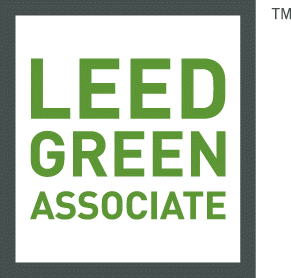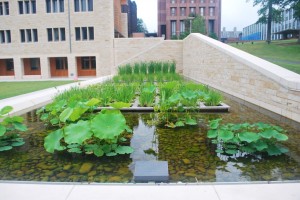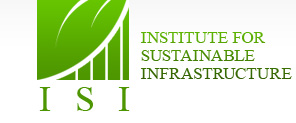Sleep. A subject dear to my heart. I currently have a coffee mug at work that says: “Eat. Sleep. Read.” Seriously; that’s what it says. (h/t to Malaprop’s Bookstore in Asheville for the mug). What does sleep have to do with the subject of construction law besides, that is, the potential of any legalese to cure insomnia? LEED-sanctioned nap rooms.
What is that you say? Never heard of such a thing? Well, now you have. There is a move afoot to get the USGBC to give LEED credit (that is, green design credit) for buildings that utilize nap rooms. According to Rob Freeman of green-buildings.com, such nap-specific spaces might qualify in future LEED rating systems based on the proven benefits of napping on employee productivity.
I knew there was as reason I loved my naps….. productivity, of course!
Seriously, do you think a “nap room credit” should become part of a future LEED rating system? What about the issue raised by a commenter to the article, that the use of the room might change over time, negating the positive impacts? Share your thoughts below.
———————————-
Photo: Sleeping on the Job by SEO via Flickr/Creative Commons license.




